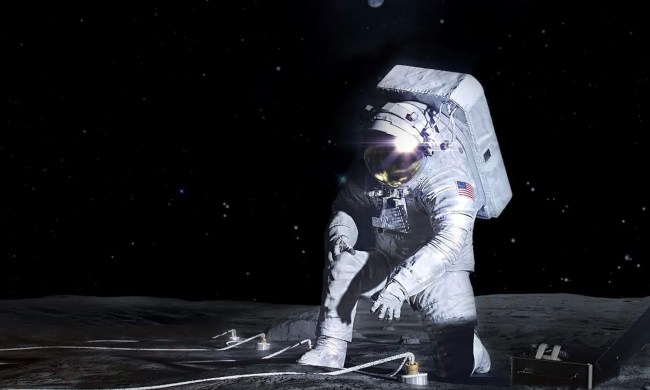NASA’s Orion spacecraft has splashed down in the Pacific Ocean, marking the end of the Artemis I mission around the moon. The spacecraft entered the ocean off the California coast at 12:40 p.m. ET (9:40 a.m. PT) on Sunday, December 11.
The Orion spacecraft and the rocket that launched it, the Space Launch System, have now completed this first uncrewed test flight ahead of future crewed missions which will take astronauts around the moon on Artemis II, and to the lunar surface on Artemis III. The flight lasted 25 days and saw Orion travel more than 1.4 million miles into a distant orbit around the moon, performing two close flybys on the way out and on the return journey.

“The splashdown of the Orion spacecraft – which occurred 50 years to the day of the Apollo 17 Moon landing – is the crowning achievement of Artemis I. From the launch of the world’s most powerful rocket to the exceptional journey around the Moon and back to Earth, this flight test is a major step forward in the Artemis Generation of lunar exploration,” said NASA Administrator Bill Nelson in a statement. “It wouldn’t be possible without the incredible NASA team. For years, thousands of individuals have poured themselves into this mission, which is inspiring the world to work together to reach untouched cosmic shores. Today is a huge win for NASA, the United States, our international partners, and all of humanity.”
To make the splashdown, as it approached planet Earth Orion separated its crew module, where astronauts would stay, from its service module, which houses the main propulsion system. As it entered the atmosphere, the spacecraft’s heat shield experienced temperatures of up to 5,000 degrees Fahrenheit and it used its parachutes to slow from almost 25,000 mph to just 20 mph as it hit the water.
Now, recovery teams are collecting Orion to return it to NASA’s Kennedy Space Center in Florida to check its condition and to collect data from the many sensors inside. So far, it looks like the spacecraft has handled the deliberately forceful stresses of this test flight.
“Orion has returned from the Moon and is safely back on planet Earth,” said Mike Sarafin, Artemis I mission manager. “With splashdown we have successfully operated Orion in the deep space environment, where it exceeded our expectations, and demonstrated that Orion can withstand the extreme conditions of returning through Earth’s atmosphere from lunar velocities.”



